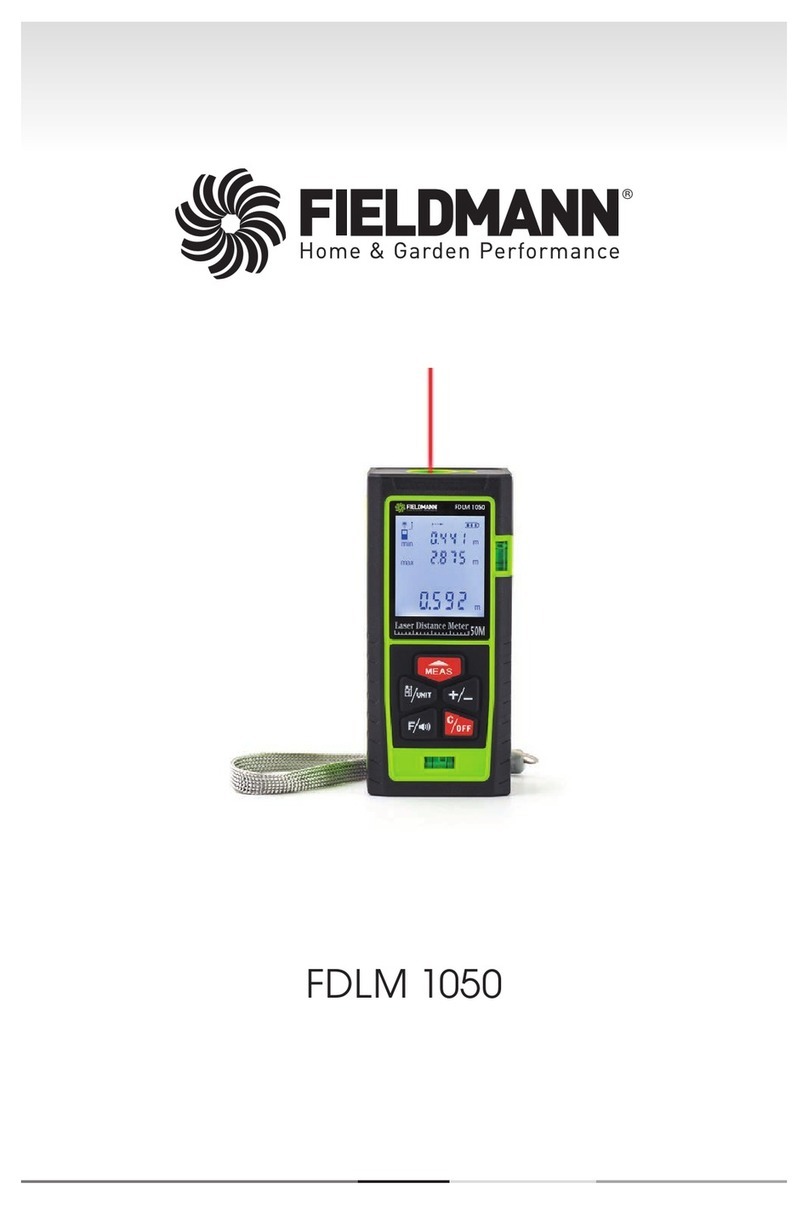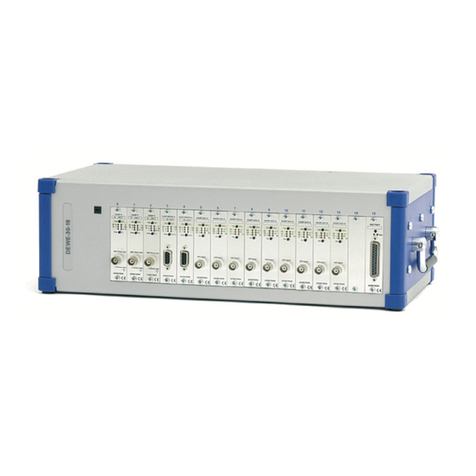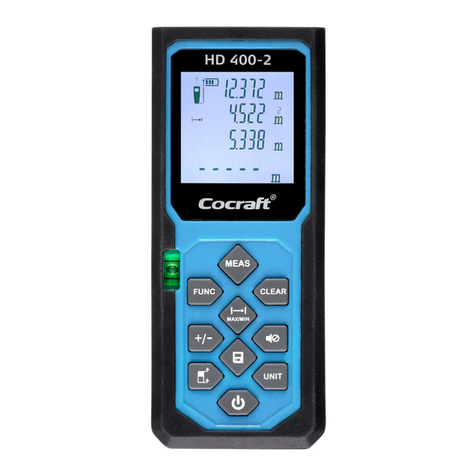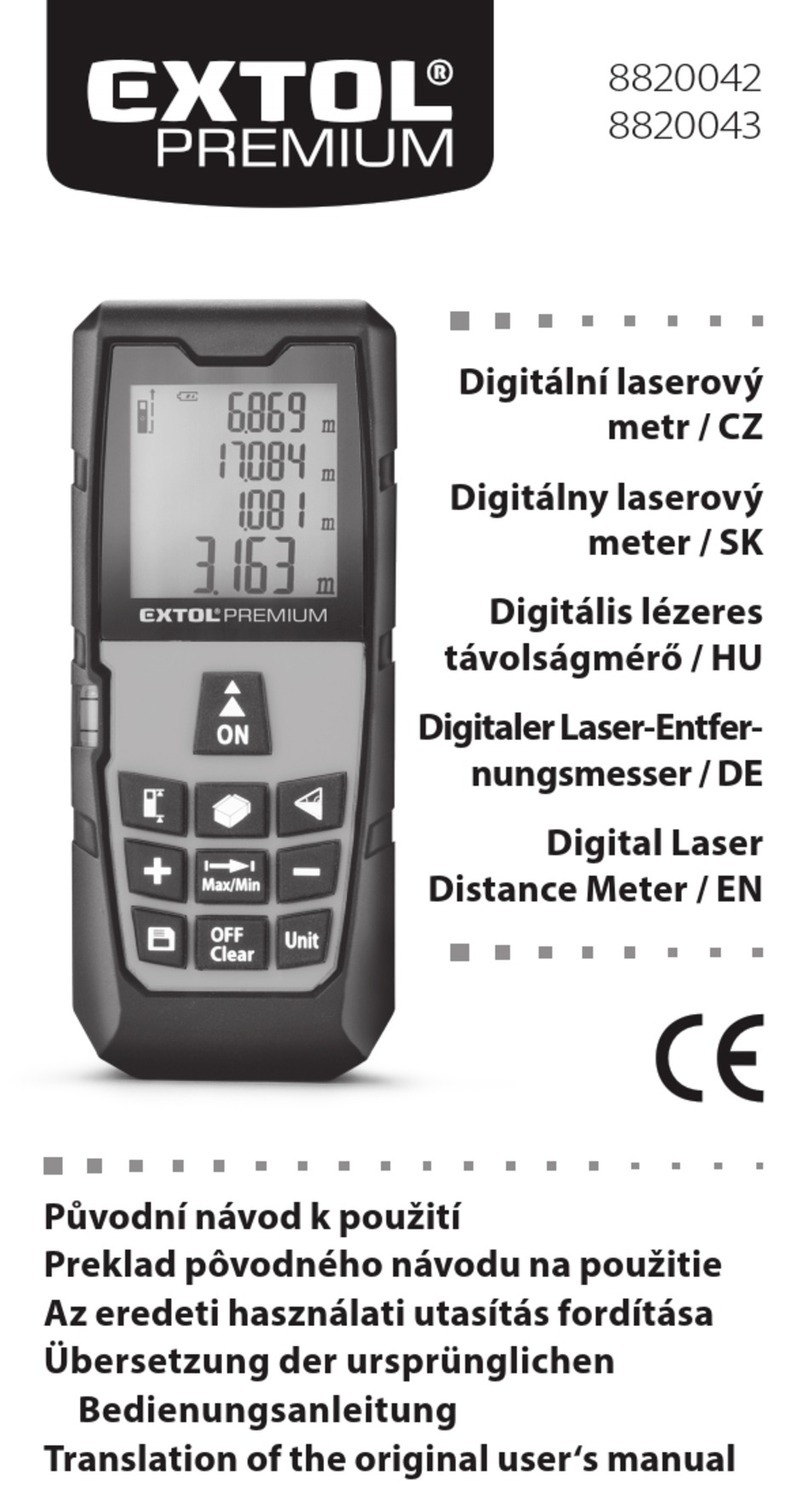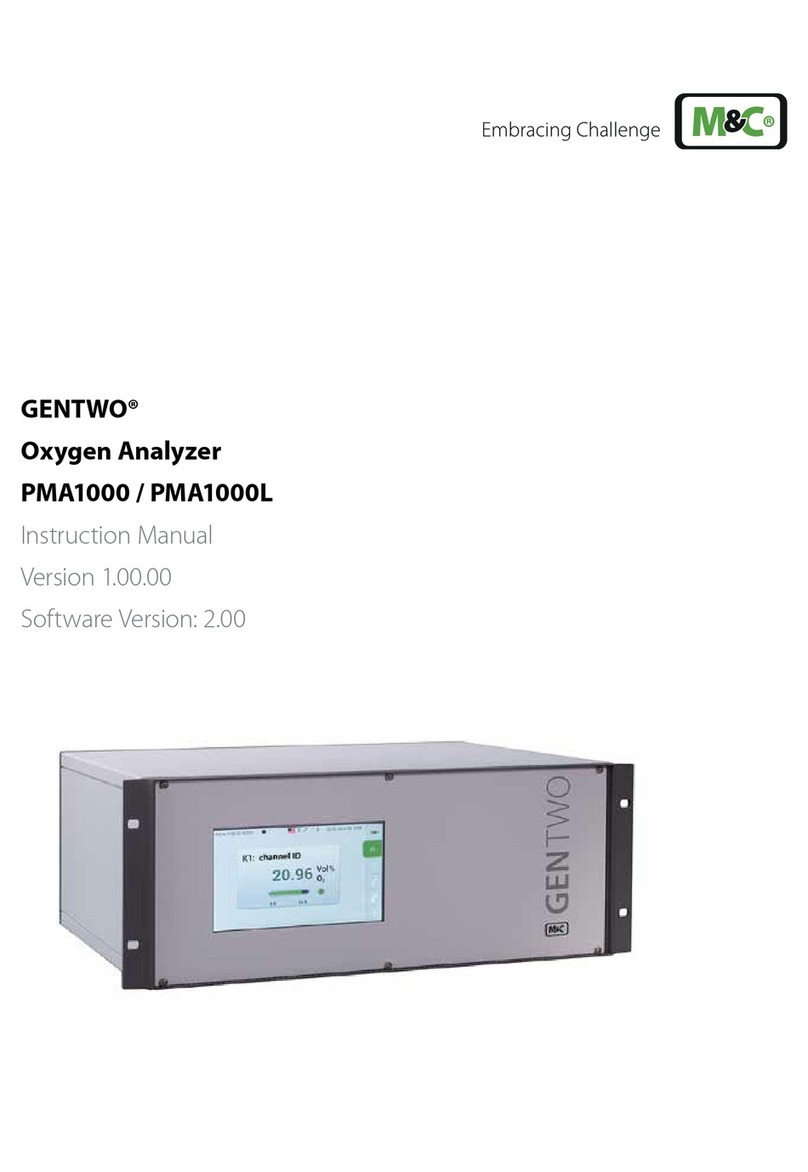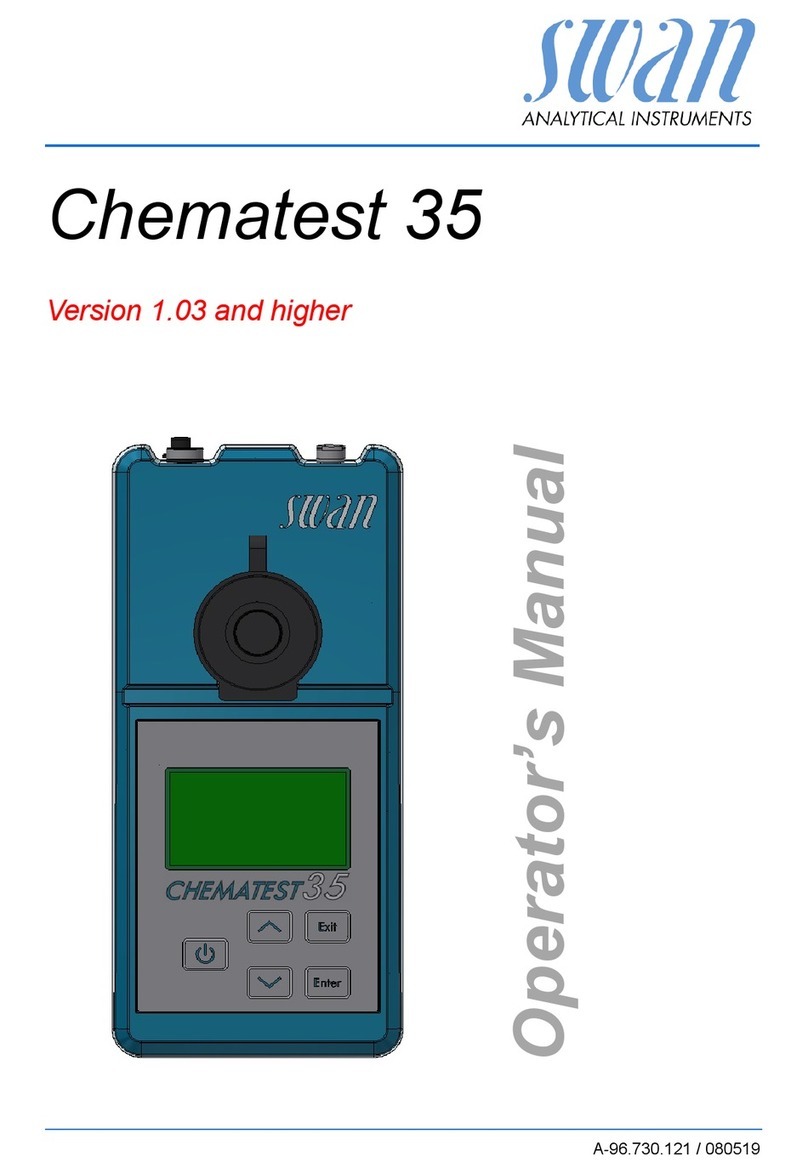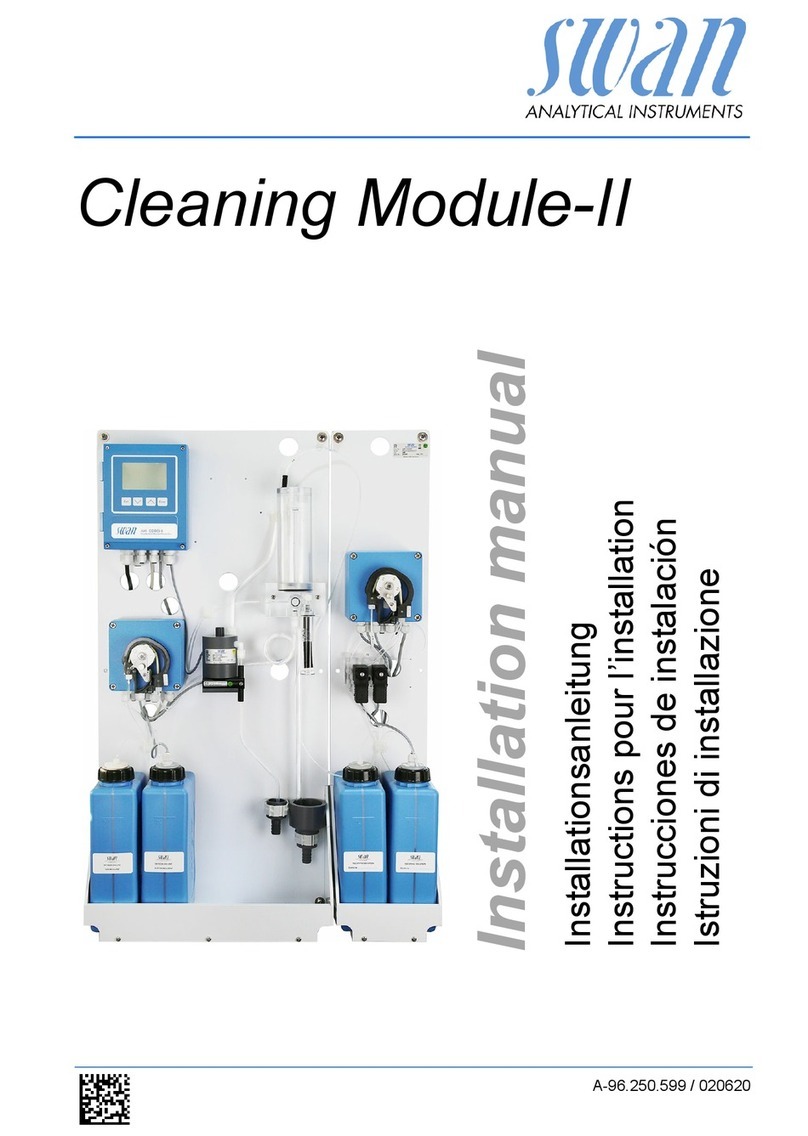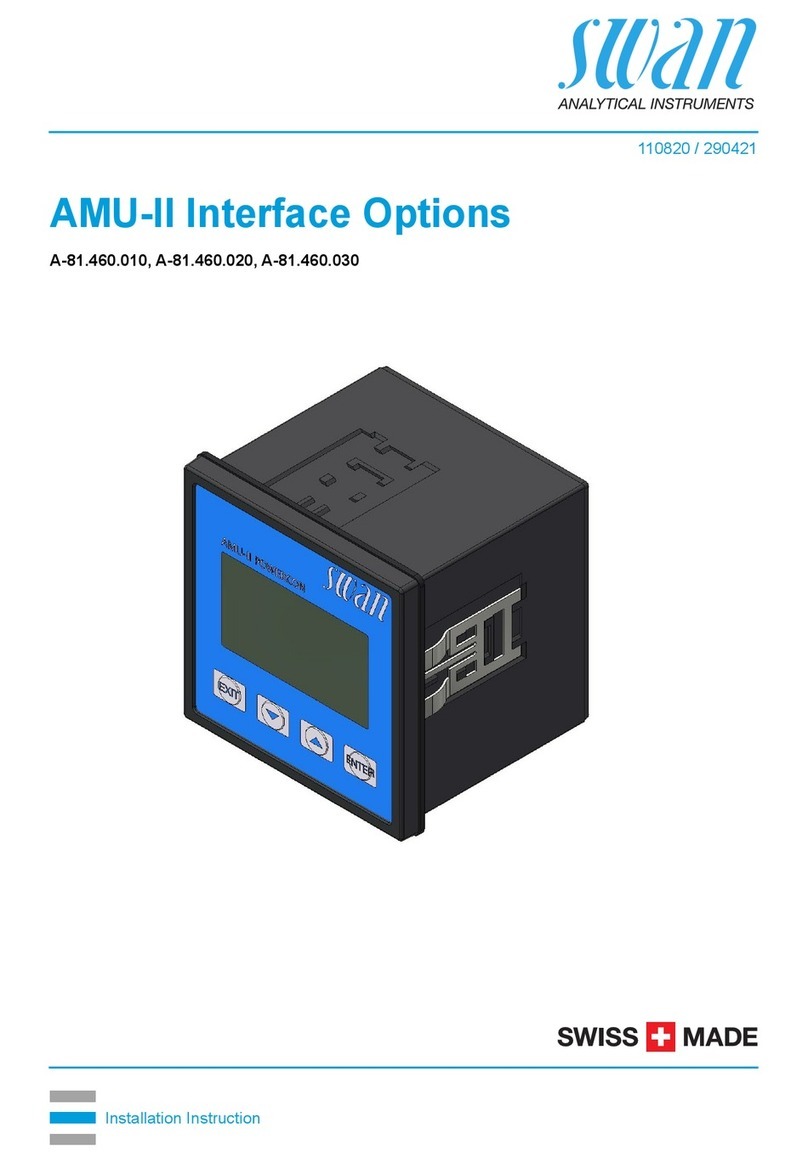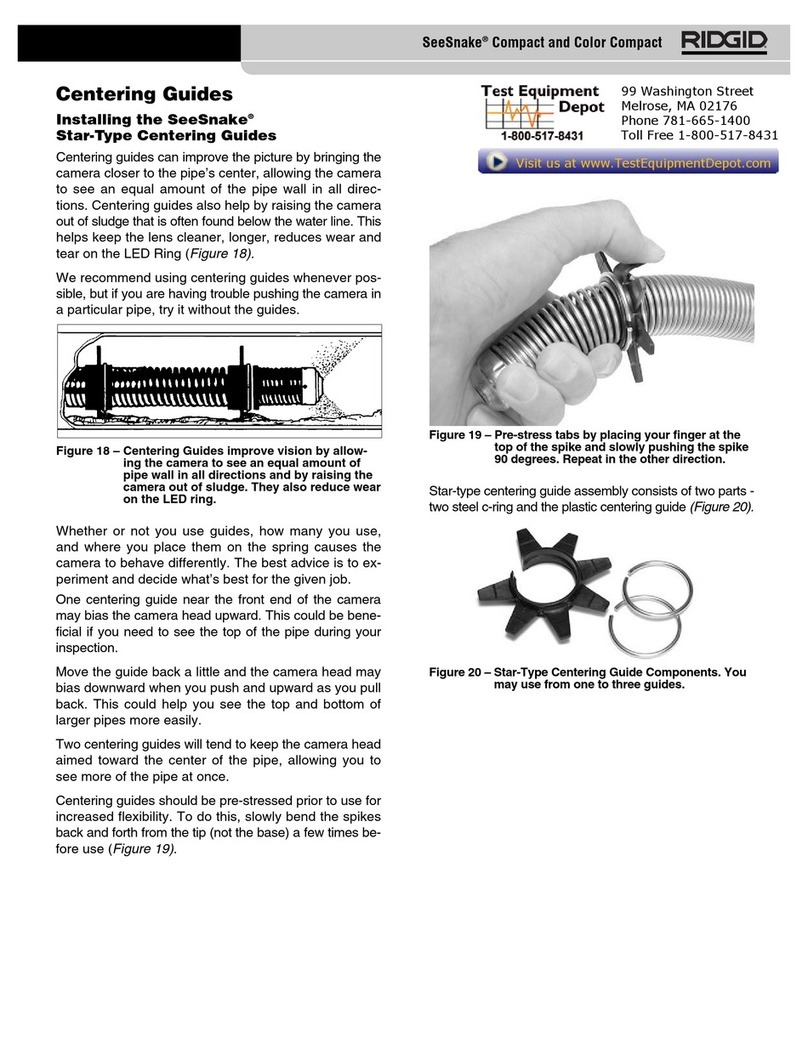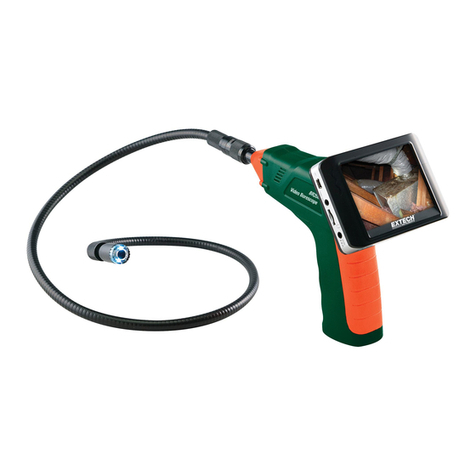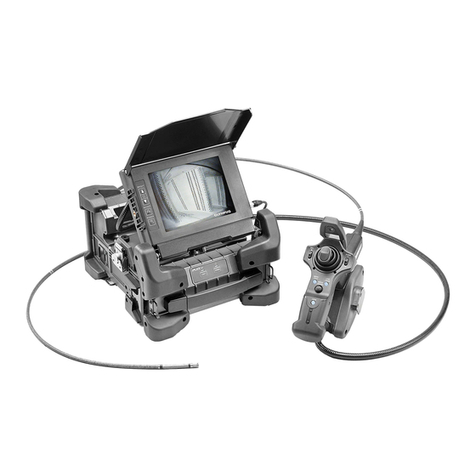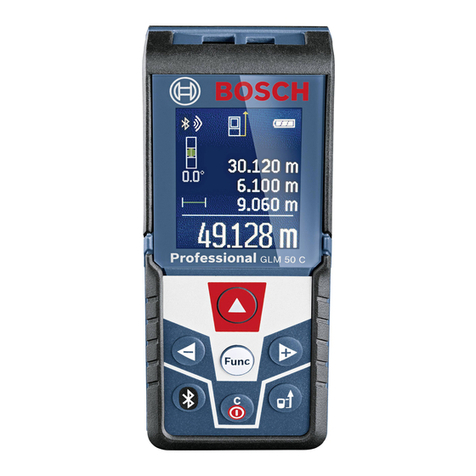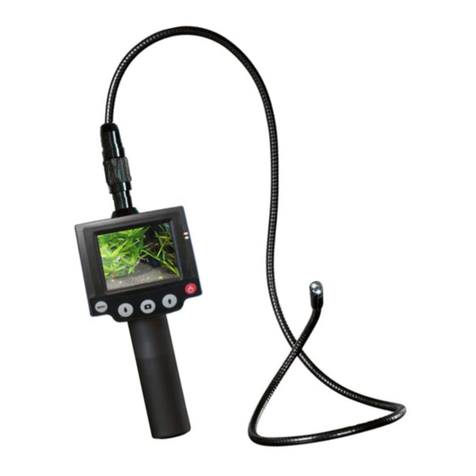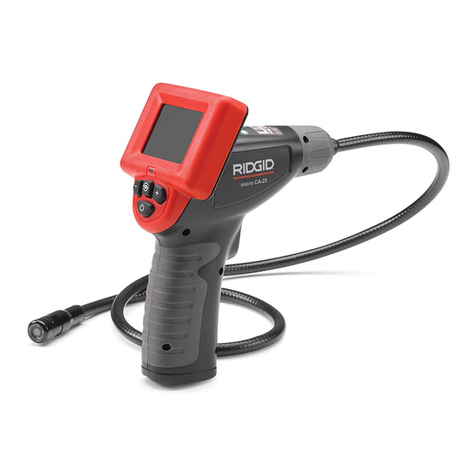AMI INSPECTOR Oxygen
A-96.250.701 / 140716 1
Table of Contents
1. Safety Instructions . . . . . . . . . . . . . . . . . . . . . . . . . . . . . . . . . . . 3
1.1. Warning Notices . . . . . . . . . . . . . . . . . . . . . . . . . . . . . . . . . . . . . . 4
1.2. General Safety Regulations . . . . . . . . . . . . . . . . . . . . . . . . . . . . . 6
2. Product Description . . . . . . . . . . . . . . . . . . . . . . . . . . . . . . . . . . 7
2.1. Description of the System. . . . . . . . . . . . . . . . . . . . . . . . . . . . . . . 7
2.2. Instrument Overview. . . . . . . . . . . . . . . . . . . . . . . . . . . . . . . . . . . 10
2.3. Technical Data . . . . . . . . . . . . . . . . . . . . . . . . . . . . . . . . . . . . . . . 11
3. Installation. . . . . . . . . . . . . . . . . . . . . . . . . . . . . . . . . . . . . . . . . . 13
3.1. Installation Check List. . . . . . . . . . . . . . . . . . . . . . . . . . . . . . . . . . 13
3.2. Connecting Sample Inlet and Outlet. . . . . . . . . . . . . . . . . . . . . . . 14
3.2.1 Connect the Sample Inlet to the Quick-Lock Coupling . . . . . . . 14
3.2.2 Connect the Sample Outlet . . . . . . . . . . . . . . . . . . . . . . . . . . . . 15
3.3 Install the Swansensor Oxytrace G . . . . . . . . . . . . . . . . . . . . . . . 16
3.4. Electrical Connections . . . . . . . . . . . . . . . . . . . . . . . . . . . . . . . . . 17
3.5. Connection Diagram. . . . . . . . . . . . . . . . . . . . . . . . . . . . . . . . . . . 18
3.5.1 Power Supply . . . . . . . . . . . . . . . . . . . . . . . . . . . . . . . . . . . . . . 19
3.6. Relay Contacts . . . . . . . . . . . . . . . . . . . . . . . . . . . . . . . . . . . . . . . 21
3.6.1 Input . . . . . . . . . . . . . . . . . . . . . . . . . . . . . . . . . . . . . . . . . . . . . 21
3.6.2 Alarm Relay. . . . . . . . . . . . . . . . . . . . . . . . . . . . . . . . . . . . . . . . 21
3.6.3 Relay Contacts 1 and 2. . . . . . . . . . . . . . . . . . . . . . . . . . . . . . . 22
3.7. Signal Output . . . . . . . . . . . . . . . . . . . . . . . . . . . . . . . . . . . . . . . . 22
4. Instrument Setup . . . . . . . . . . . . . . . . . . . . . . . . . . . . . . . . . . . . 23
4.1. Establish sample flow . . . . . . . . . . . . . . . . . . . . . . . . . . . . . . . . . . 23
4.2. Programming . . . . . . . . . . . . . . . . . . . . . . . . . . . . . . . . . . . . . . . . 23
5. Operation. . . . . . . . . . . . . . . . . . . . . . . . . . . . . . . . . . . . . . . . . . . 24
5.1. Keys . . . . . . . . . . . . . . . . . . . . . . . . . . . . . . . . . . . . . . . . . . . . . . . 24
5.2. Display . . . . . . . . . . . . . . . . . . . . . . . . . . . . . . . . . . . . . . . . . . . . . 25
5.3. Software Structure . . . . . . . . . . . . . . . . . . . . . . . . . . . . . . . . . . . . 26
5.4. Changing Parameters and values . . . . . . . . . . . . . . . . . . . . . . . . 27
6. Maintenance . . . . . . . . . . . . . . . . . . . . . . . . . . . . . . . . . . . . . . . . 28
6.1. Maintenance Table . . . . . . . . . . . . . . . . . . . . . . . . . . . . . . . . . . . . 28
6.2. Stop of Operation for Maintenance. . . . . . . . . . . . . . . . . . . . . . . . 28
6.3. Maintenance of the Oxygen Sensor . . . . . . . . . . . . . . . . . . . . . . . 29
6.3.1 Electrolyte exchange. . . . . . . . . . . . . . . . . . . . . . . . . . . . . . . . . 29
